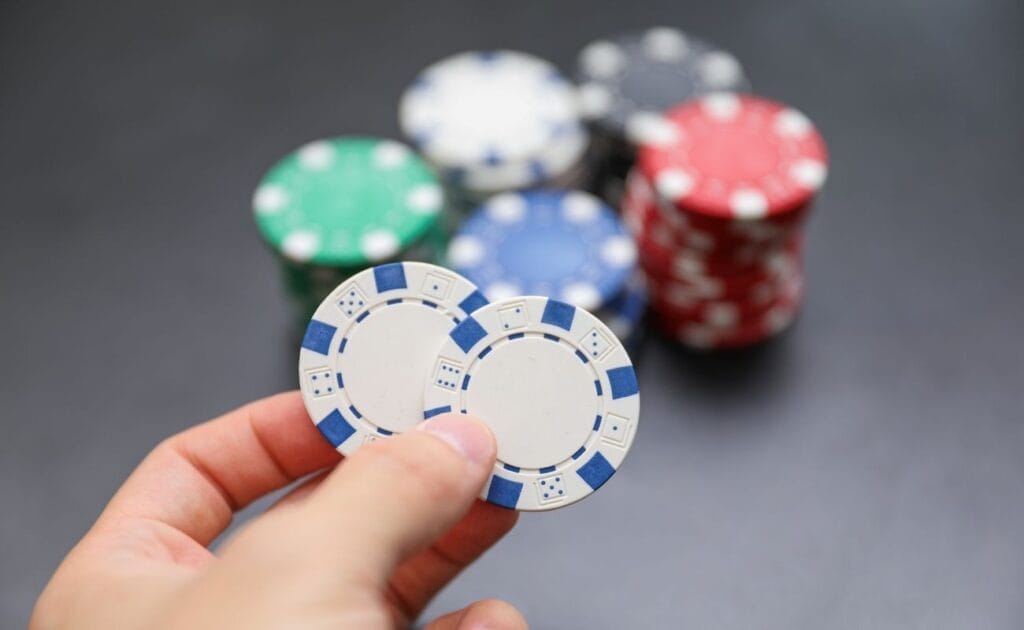
Anyone can learn to play online poker, but there’s a huge gap between the fish who basically gamble and the sharks who win money because they know what they’re doing. One of the sharks’ secrets is the use of poker math. Many advanced studies have been done on this subject, with complicated formulas and equations that look like rocket science to the uninitiated. But have no fear; the only math you really need to know is the kind that’s useful at the poker table, and you don’t have to be a genius to learn it.
One of the most important mathematical concepts in poker is poker pot odds. In fact, it should be one of the first things you learn in poker. Knowing how to calculate pot odds will equip you to make rational decisions and raise your game to a higher level. Keep on reading this step-by-step guide to becoming a human pot odds calculator.
The Advantage of Calculating Pot Odds in Poker
First, what are poker pot odds, exactly, and why is it advantageous to work them out?
Pot odds represent the ratio between the value of the pot that you are playing for and the bet that you are facing. The value of the pot, or pot size, includes the as-yet uncalled bet and all the chips that are already in the pot.
A poker pot odds calculation takes the amount of money you stand to win and compares it to the money you have to commit to call the bet. As a result, you can judge whether it’s profitable to make the call or whether it makes more sense to fold.
How To Calculate Pot Odds

Calculating pot odds is a relatively easy process with only a few simple steps. The best way to learn it is to use an example. Say you’re playing a hand of Texas hold’em poker, and there’s already $100 in the pot. The player before you bets $50 into the pot. (This is a half-pot bet, a common bet size.) The total value of the pot is now $150. To call the bet, you’ll have to commit $50, which will bring the pot up to $200.
Okay. Here comes the first calculation. Divide the value of the call ($50) by the total value of the pot ($200). This yields a result of 0.25.
The next calculation: multiply that number to get the correct poker pot odds in percentage form. Here, the result is 25%. (In moneyline format, that’s odds of +300.)
This means that your hand needs to have 25% equity. In other words, for the call to be profitable, your hand needs to win 25% of the time.
Putting Theory Into Practice: Applying Poker Pot Odds
So, is it worth risking the $50? Unfortunately, calculating pot odds on its own doesn’t give you a simple answer. You still have to connect the pot odds to your equity (the value of your hand). To do this, you need to put your opponent on a range and work out the poker odds of making a stronger hand.
Say you’re playing Texas hold’em, and you’ve flopped four cards to a flush, which gives you nine outs (cards that will give you a flush). Your opponent — you suspect — has top pair at least. With nine outs, you have a 35% chance of hitting your flush on the turn or the river. This gives 35% equity, meaning you’ll win the pot 35% (odds of +186) of the time. This is better than the pot odds, so you should go ahead and call that bet.
Pot Odds and Bluff Catchers

Another spot where pot odds come in handy is when you’re facing a river bet with a medium-strength hand. If your opponent’s hand representation is telling a true story, you should fold, but what if they’re bluffing? You need to work with pot odds and figure out your opponent’s current bluffing range. Based on the board structure and your opponent’s pre-flop actions, which bluffing hands could they still have? Are any of them weaker than yours? And are there enough bluffs in your opponent’s range for you to make a call according to the pot odds?
Say the pot is $50 this time, and your opponent bets $25. This is another half-pot bet, so you don’t even need to work out that you need to win 25% of the time for a call to be worthwhile. This means that for you to win, a quarter of your opponent’s range needs to be bluffing hands.
Against a full pot bet, you would need them to be bluffing a third of the time – so, 33% (odds of +203).
Making the correct call in this spot doesn’t necessarily mean you’ll win the hand. Poker math works with probabilities, not certainties. But in the long run, value comes from making the correct decisions, and pot odds will help you to make them.
Improve Your Odds of Winning at Poker
Keen to start using the concept of pot odds in poker? Test your skills against like-minded players at Borgata Online. Join fixed, pot, and no-limit cash games with stakes to your budget and compete in daily, weekly, and monthly online poker tournaments. Play enough hands, and you’ll improve your odds of winning. Register to get your poker game on and raise it to a higher level.
